
From neo-expressionism to pop culture, the 1980s were a decade of novel cultural and artistic movements. As new forms of expression and mediums appeared, the 80s art style evolved more radical. Besides some dramatic changes in social and political life, the 1980s saw a revolutionary change in how we perceived art.
In this article, we'll explore the creative atmosphere in the 1980s and learn about the changes in the art scene.
A New Era for Street Art
While the roots of street art go back to ancient times, the first prominent street artist, Cornbread, started his career in the late 1960s. His works influenced other artists, and street art was born in the early 1970s.

Nevertheless, the street art of the 70s was only the beginning of a novel art form. The radical change of artistic views and mediums in the 1980s enrichened street art and contributed to its evolution. As more people recognised tagging and graffiti as art, the 80s wall art scene grew.
Most street artists in the 80s were outspoken in their criticism against poverty, inequality, racism, and discrimination; they used public walls as their canvases to criticise contemporary social issues. Keith Haring, one of the key figures of the era, advocated for AIDS awareness. His works also focused on social issues such as apartheid, homosexuality, and safe sex.

Shephard Fairley started his career at 14 and was another prominent figure in 80s street art. One of his most well-known works was the OBEY campaign that portrayed the famous wrestler André the Giant. Fairley claimed that his work didn't intend to convey a message and only aimed to inspire curiosity.
Another famous artist of the era was Jean-Michel Basquiat, who used his art to raise awareness about racial discrimination and the social challenges minorities faced. He was also part of the neo-expressionism movement and produced many famous street art pieces. Basquiat was also friends with other prominent artists of 80s pop art, including Andy Warhol and Francesco Clemente.
Progression of Neo-Expressionism

Emerging in the 1970s, neo-expressionism reached its peak in the 1980s. The movement was a reaction against the simplistic style of minimalism and conceptual approach, which supported an understanding focused on art's intellectual and theoretical aspects, rejecting its emotional and expressive nature.
In the 1980s, neo-expressionism dominated the art scene, influencing every art form, from painting to sculpture, and introducing new themes. The artists associated with the movement defended an understanding that used art to express ideas and emotions.

Neo-expressionism used bright colours to portray emotions and dealt with a wide range of topics, including sexuality, violence, and death. The use of mixed media, such as text, images, and symbolism, was also a common characteristic of the style. The movement also became popular among street artists, who often dealt with social topics in their pieces.
The prominent members of the neo-expressionist movement were all known for their large, bold canvases covered with radical colours, uncommon materials, and brave themes. Some of these key figures were:
- Julian Schnabel
- Anselm Kiefer
- Georg Baselitz
- Francesco Clemente
Postmodernism: Challenging the Tradition

Another dominant idea in the 1980s was postmodernism, which challenged the dominant modernist aesthetics of the earlier decades and traditional norms. Postmodernist art was against the idea of universal meaning and truth, celebrating the use of unconventional materials and themes in art.
A central characteristic of the postmodernist art scene in the decade was rejecting the praised narratives of utopia, progression, and enlightenment in favour of dystopia, diversity, and distinct identities. There wasn't a unified truth for postmodernism, yet everything about it was subjective, from aesthetic to form.

The postmodernist approach heavily influenced the 80s sci-fi art and introduced new themes to dystopian narratives. Steampunk literature and art that envisions a dystopian future with developed steam-powered machinery became popular. Meanwhile, the Dieselpunk of the 50s reached its peak with cinema, such as the Indiana Jones series and Blade Runner, in the early 1980s.
The 80s fantasy art was also prolific and creative, thanks to a growing interest in creative works. From posters to the cinema, many art pieces used fantasy topics. One of the most significant fantasy themes introduced in the 80s was Splatterpunk, a mix of horror and fantasy genres.

Pop culture images were the primary material of postmodernist artists who took imagery from various sources to recontextualise and use them. Since the movement rejected the idea of originality, this was a means for artists to position themselves as independent figures beyond the traditional art norms and their authority.
The increasing use of texts in artworks was another aspect of the postmodern movement. Although textual elements were already used in art since the dawn of tagging, they became trendy in the 1980s. This way, artists could voice their ideas and thoughts more freely.
Art Deco 80s: A Revival

Art deco was an artistic style that emerged in the 1920s and was characterised by the heavy use of geometric shapes and bold colours, as well as an emphasis on luxury materials. Despite a 40-year-long decline starting from the 1940s, Art Deco saw a revival in the 1970s and 80s.
The art deco style was linked with beauty and refinement in architecture. Designers embellished structures with luxurious components, vivid colours, and elegant ornamentation. Geometric patterns and mirrored surfaces were also common features of the style.

Another area where the art deco style became popular was in 80s posters art. Bright colours, clean lines, and retro patterns became fashionable in everything from logos to advertisements. In addition, with the increasing use of lines, symmetrical designs, and expensive stones, Art deco's popularity in jewellery soared.
While the resurgence of art deco was driven by a desire for luxury, elegance, and glamour, it also revealed a nostalgia for the style of the early twentieth century. We still use the art deco style in our artworks, buildings, and the fashion industry.
Creativity and Elegance Through Artchi
If you like the radical and bold art of the 80s, we have great news for you. You can start beautifying your house with the extraordinary pieces in Artchi's rich collection. Check out our products to find the perfect piece that will add to the beauty of your home!

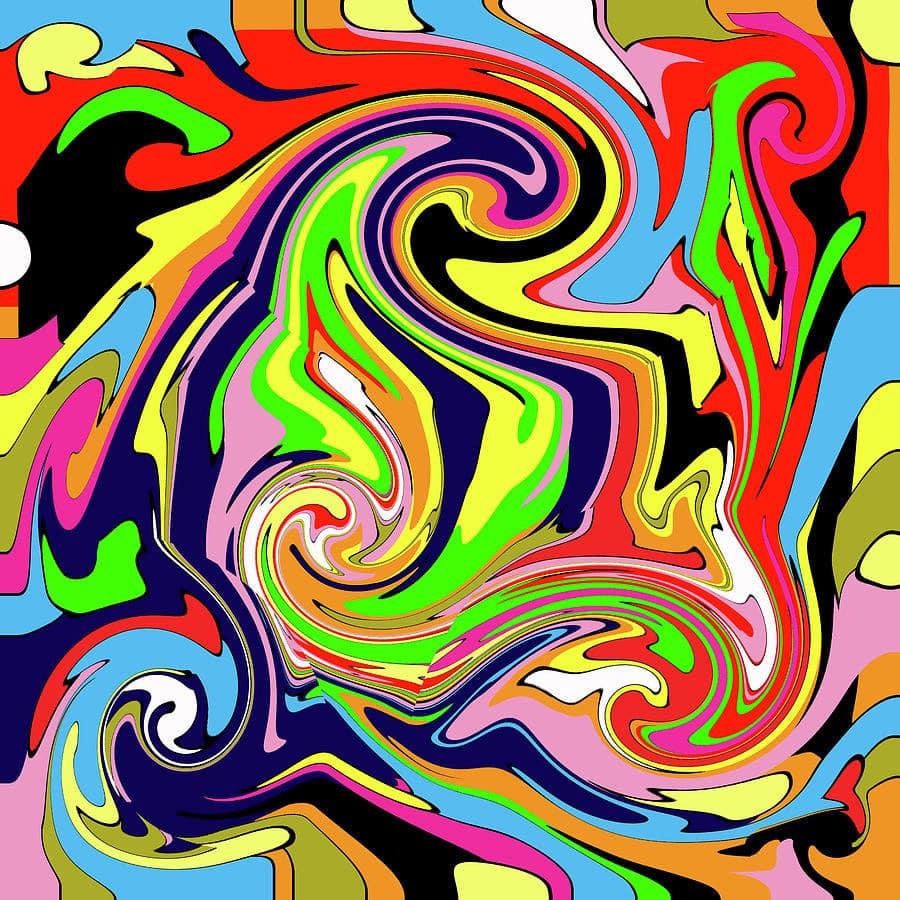
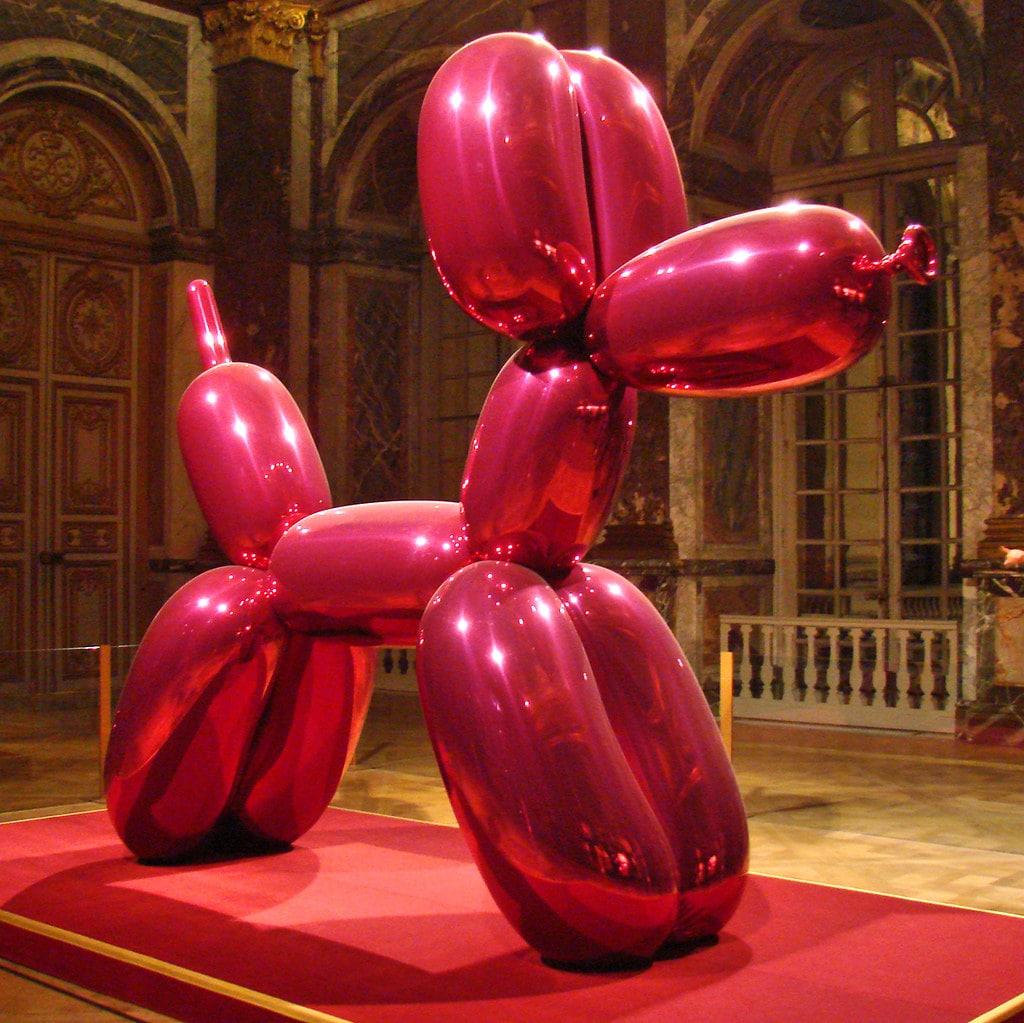
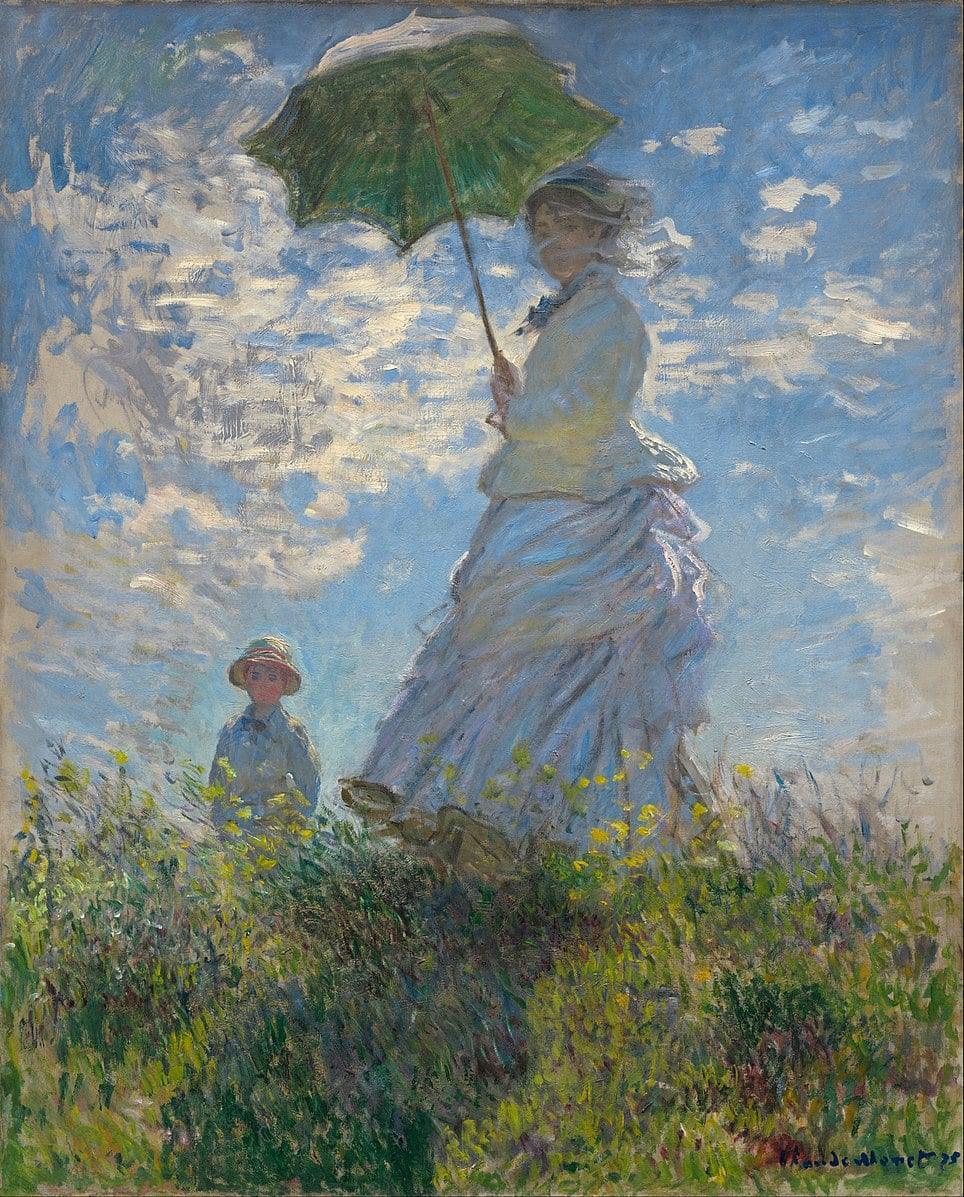
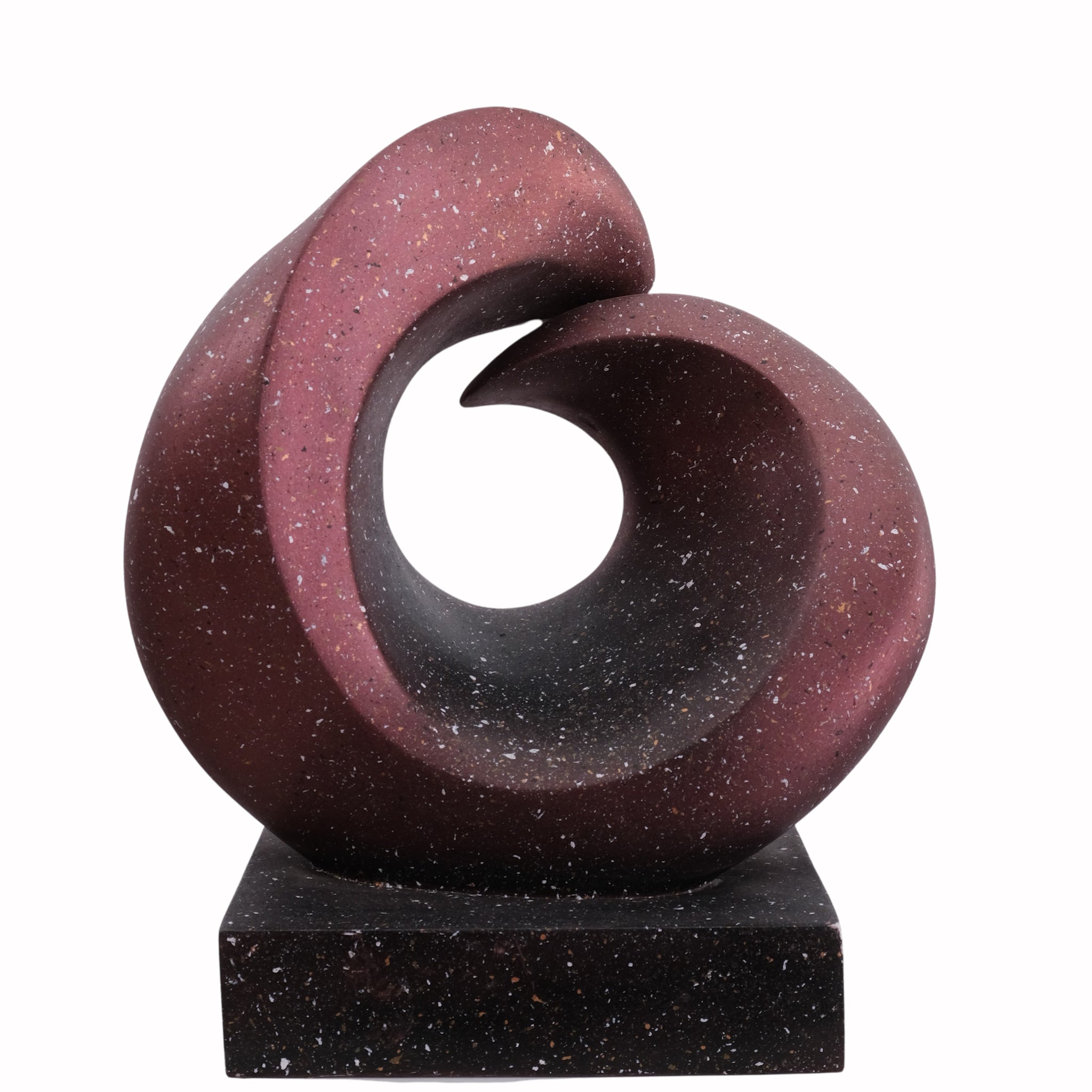
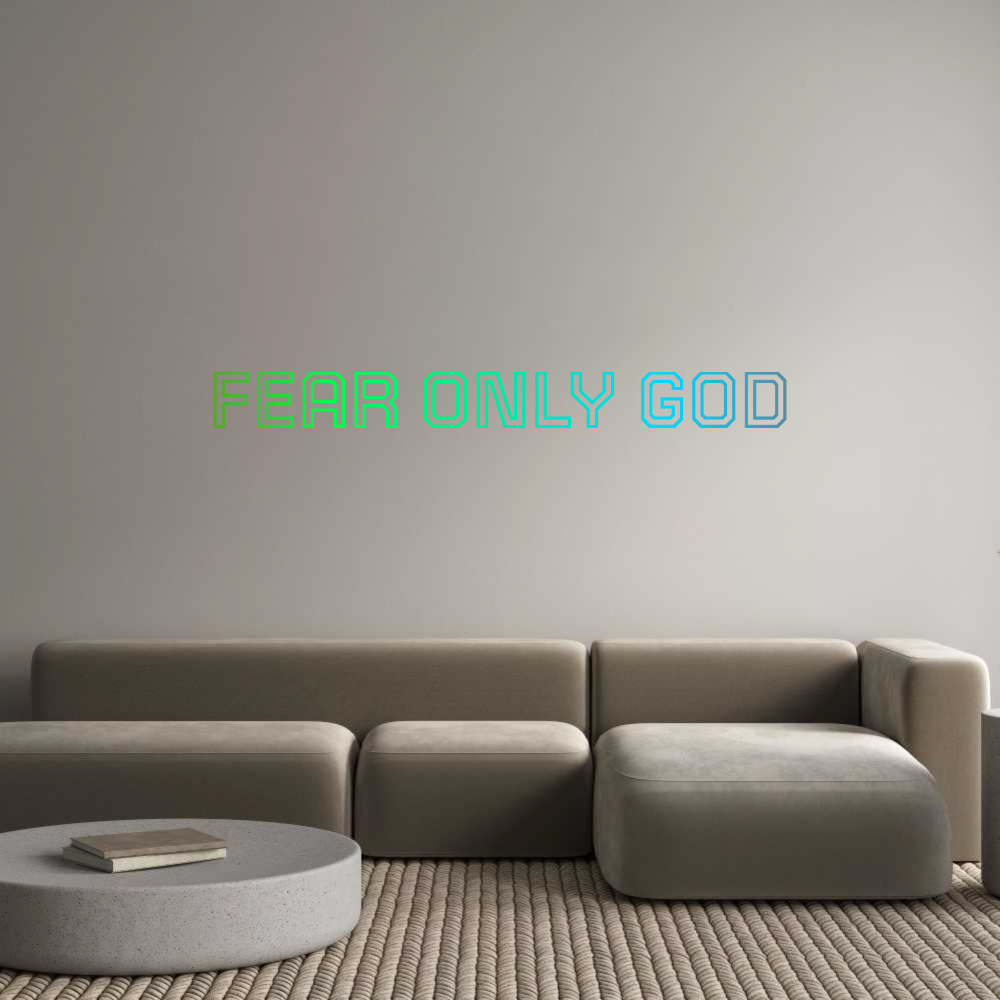
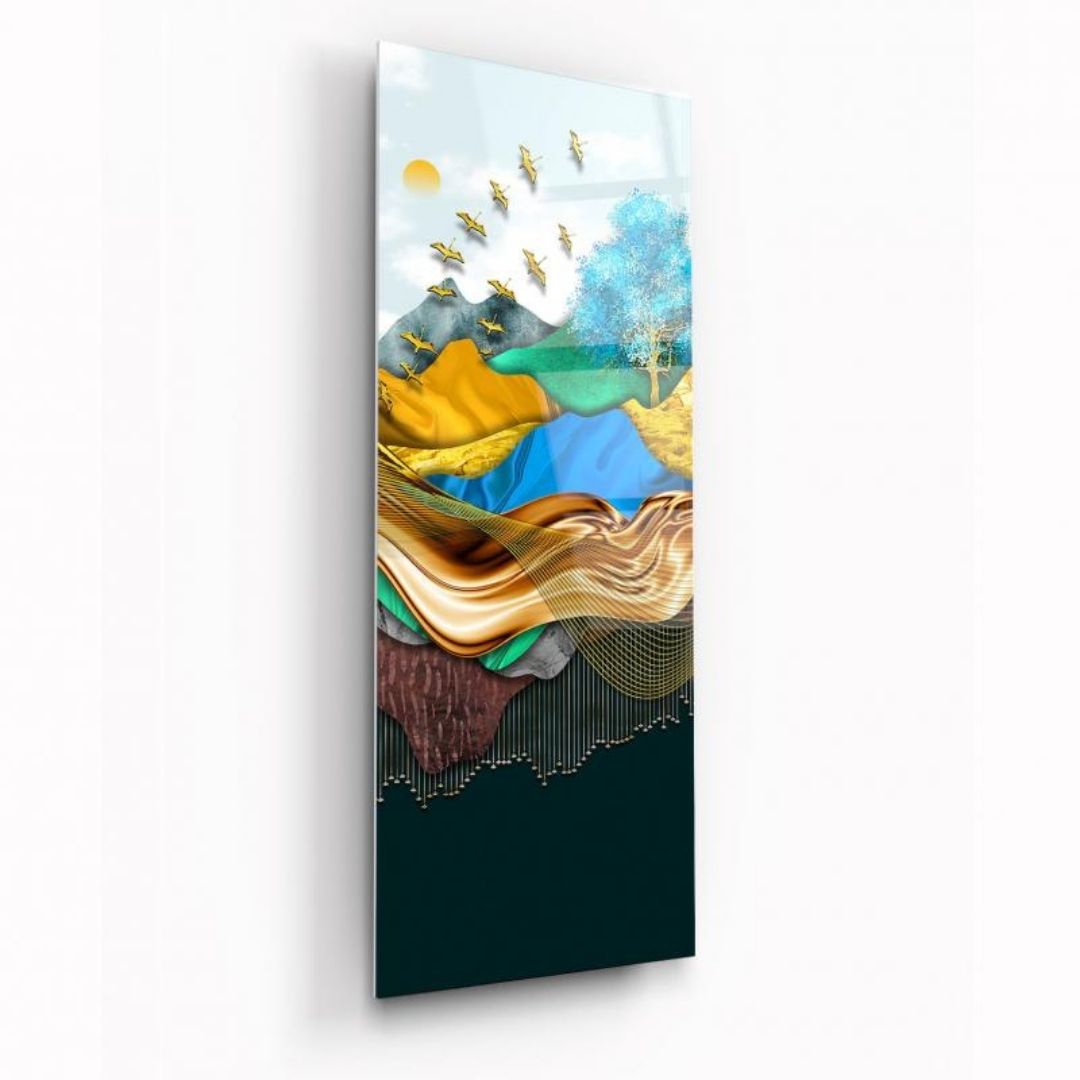
Leave a comment
All comments are moderated before being published.
This site is protected by hCaptcha and the hCaptcha Privacy Policy and Terms of Service apply.